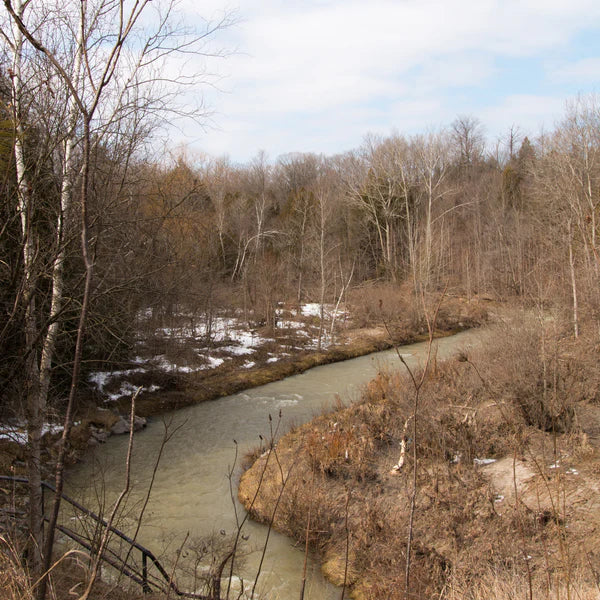I am sure we have noticed there isn't as much to forage as far as herbs and plants right now, though, there is one plant that is everywhere but easy to miss! Good ol' white pine! Always there for us, when we need it. White pine is an evergreen tree with 5 pine needles to each bundle. (The only pine tree on the east coast to do so!)
White pine, (pinus strobus), has many medicinal constituents. The needles, inner bark and sap are used medicinally. The sap has antibiotic properties and can be boiled with water and ingested or mixed with an oil and applied topically to ease joint inflammation/discomfort. The inner bark can be used topically for wounds or ingested to relieve congestion. The inner bark can also be used in a steam to the same effect. The needles give a boost of vitamin A and C - which is why we used them in our cough syrup!
Michael Jr, age 7, is the reason the cough syrup came about. He had a cough and we ran out of cough drops. So Michael whipped up a quick cough syrup to quiet his cough and soothe his throat. It worked like a charm, because Michael Jr did not wake up coughing in the night!
Easy Peasy 3 Ingredient Cough Syrup
>1 cup of honey
>1-1 inch piece of ginger (roughly chopped / leave the skin - if using fresh ginger)
OR
>1 tablespoon of dried ginger
>A good handful of white pine needles
There are 2 ways to make the cough syrup. Because we needed it quickly we chose a heated method.
Heated Method
This way of making the cough syrup is great because you get the syrup the same day, however heating honey does destroy some of its beneficial constituents. The other upside to using heat is that you can use fresh herbs over dried because all the water will evaporate as you simmer the honey.
- Add the honey and herbs to a small pot.
- Bring to a simmer SLOWLY - we have a gas stove and just kept at low or slightly above - (so you don't burn the herbs or boil over the honey).
- Once it comes to a simmer turn the stove off and let it cool.
- Do this 3 - 4 more times and you're all set!
- Strain your honey and store like you normally would with honey.
*Ours became solid in the fridge which is convenient because you can scoop out a spoonful and hand to a kiddo without making as much of mess.
No Heat Method
This method is best for dried herbs because the water content in fresh herbs can cause your honey to become contaminated with bacteria.
- Add your herbs to a jar and cover with honey.
- Keeping in a windowsill or slightly warmer place will help the honey infuse.
- Turn the jar daily.
- When ready strain and store as you would with honey.
*I recommend at least leaving the honey for a week before use as cough syrup but 3 4 weeks is best.
*These recipes are easy to scale up, as well.
~~~~~~~~~~~~~~~~~~~~~~~~~~~~~~~~~~~~~~~~~~~
Mullein Torches (historically called witches' torches)
> dead mullein stalks
> wax
> herbs (we used rose petals, calendula, lavender, & chamomile)
> small squares of cardboard (about 4x4 inches)
We melted the wax in a double boiler. Laid the stalks on a sheet pan on top of wax paper. Then poured the wax over the stalks, turning them to thinly coat all sides. We did this about 3 or 4 times. The last pour we added the dried herbs.
**We cut a X into the middle of the pieces of cardboard & stuck the mullein stalk through it to prevent dripping wax from hitting our hands as we held the torches.
We were able to light them with a regular lighter. They burned fairly evenly and not too quickly. We plan to further experiment with the wax pours and herbs. Sometimes its fun to figure something out on your own instead of relying on social media for tutorials.
I would love to see everyone's mullein torches and cough syrup! Post a picture and tag Herbs & Sundry on Instagram or Facebook or just shoot us a message with your creations and let us know your thoughts.
Please, write us if you have questions, comments, or things to add! We are always looking to engage with you and learn from our community members! Thank you for reading!
In herbal harmony and well-being,
Herbs & Sundry


